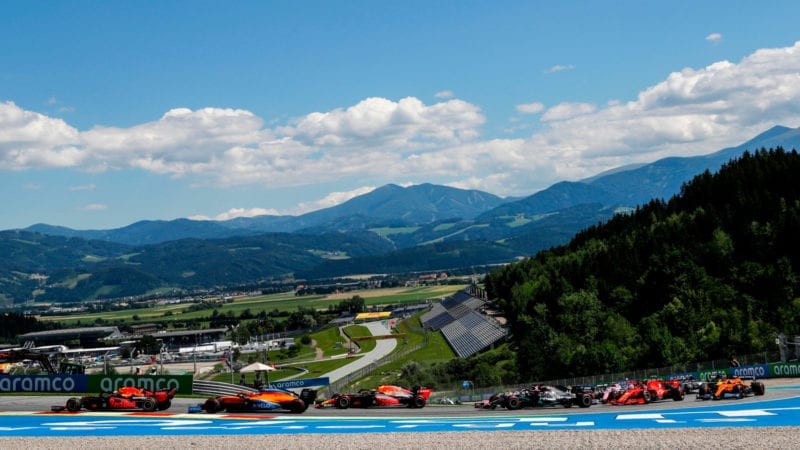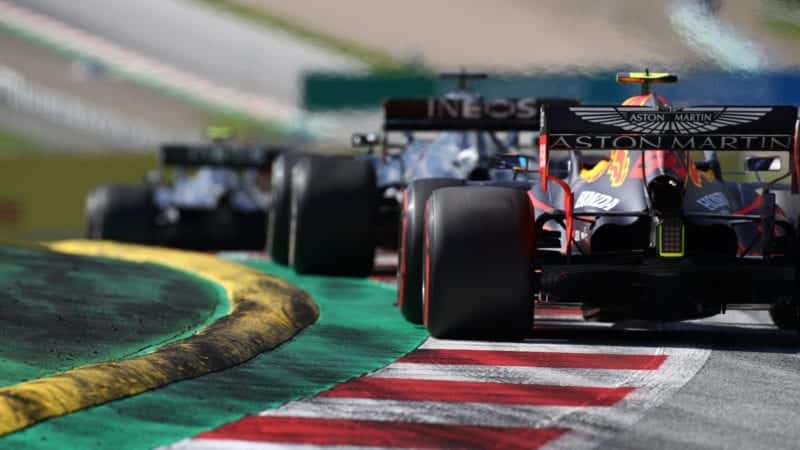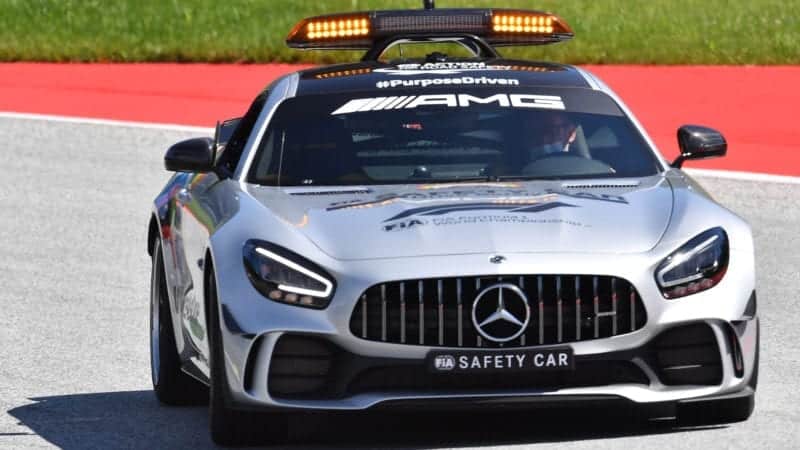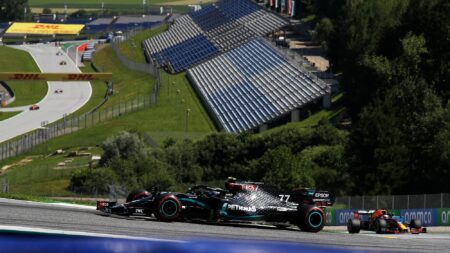“Examining the possibility of procedurally recreating those conditions in future is an interesting concept and one that will undoubtedly be explored in the coming period.”
While F1 can’t just throw random safety cars during a race or bunch the field up every time there’s a yellow flag à la IndyCar, eliminating the VSC, which maintains the gaps between cars, and reverting to the ‘old-fashioned’ safety car might open the door to closer racing without venturing into gimmick territory.
Implementation of a designated zone closer to the start/finish line for the lead driver to pull the trigger in might also help keep the field bunched up for closer racing on restarts. If Brawn and F1 really are considering how to spice up racing, there may be merit to such a concept.
With current regulations preventing overtakes before the line, allowing the leader to only go for it between safety car line one and the finish line should keep the field packed tightly but allows for the lead car to retain the advantage of deciding when to go at any point in between, which is exactly what worked in Brazil last season.
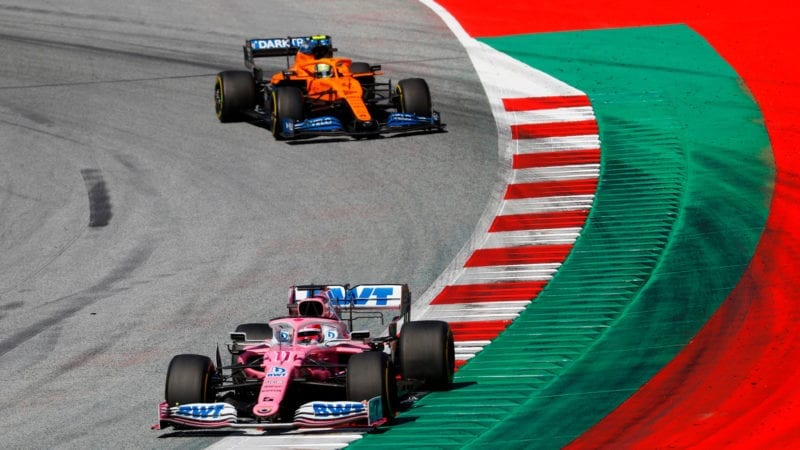
Lando Norris earned his maiden F1 podium after a brave move on Sergio Perez
LEONHARD FOEGER/POOL/AFP via Getty Images
Off-track, the regulation changes to F1 in 2022 are designed to promote exactly the type of close racing that thrilled in Austria.
A McLaren on the podium and Racing Point, which was on the verge of collapse as Force India, fighting with Ferrari on genuine pace was brilliant to see. Hopefully this new level of competitiveness won’t fall away as it so often does following the implementation of a new ruleset.
There is one aspect of the race that’s unlikely to be repeatable in subsequent seasons, though. The prospect of a much shorter season will have had an impact on strategy, with eight races confirmed for the championship and uncertainty over how many more will be added.
Scoring results in the here and now is crucial then, and the racing we saw was cut-throat. Norris’ do-or-die move on Sergio Perez for fourth at the time made his race, and there was no quarter given at the front between Lewis Hamilton and Alex Albon on two occasions.
With lighter-touch regulation that has reduced the number of penalties dished out to drivers in wheel-to-wheel racing and encouraged aggressive on-track battling (Lewis Hamilton may disagree), Austria should be a blueprint for F1 to focus on great, if not entirely pure, racing.
